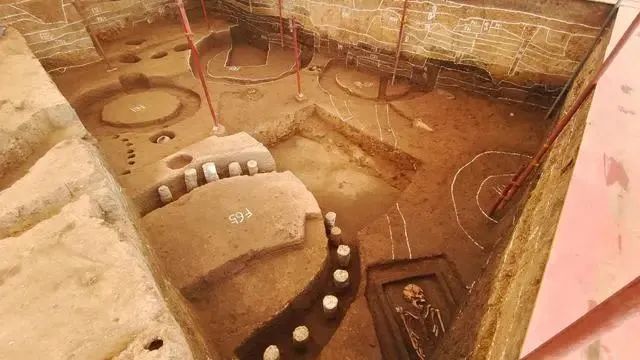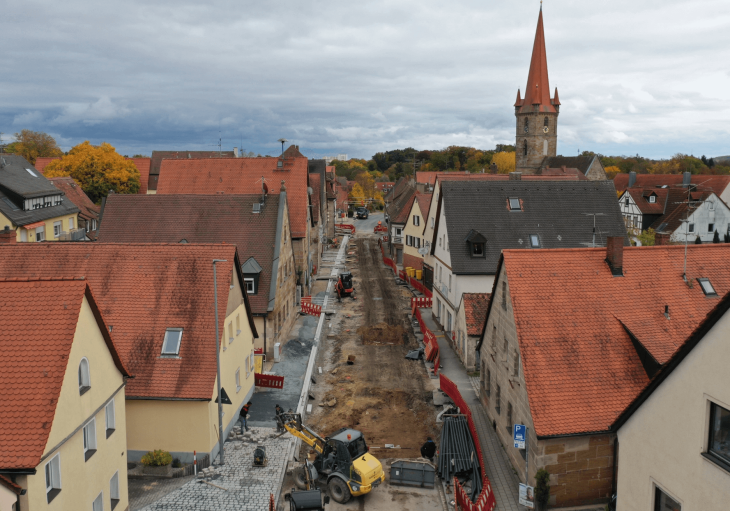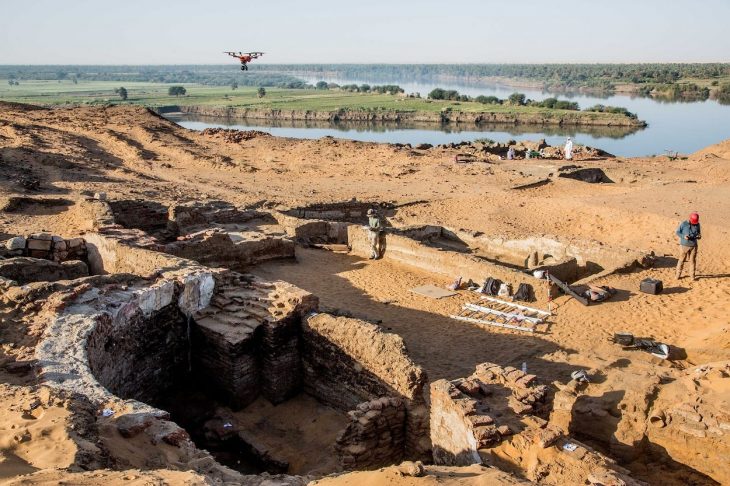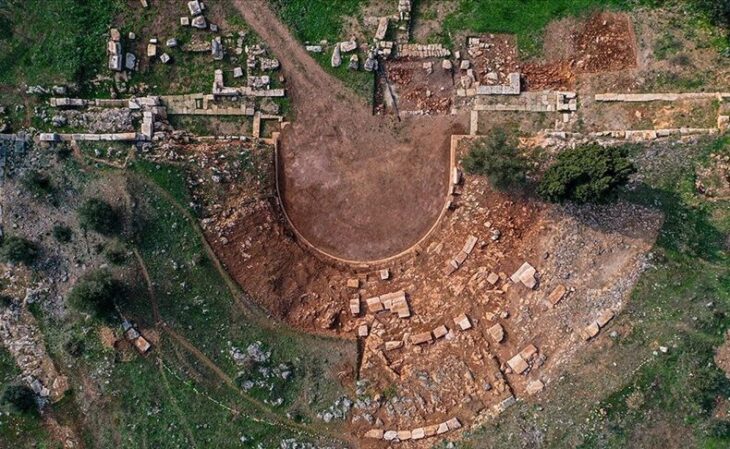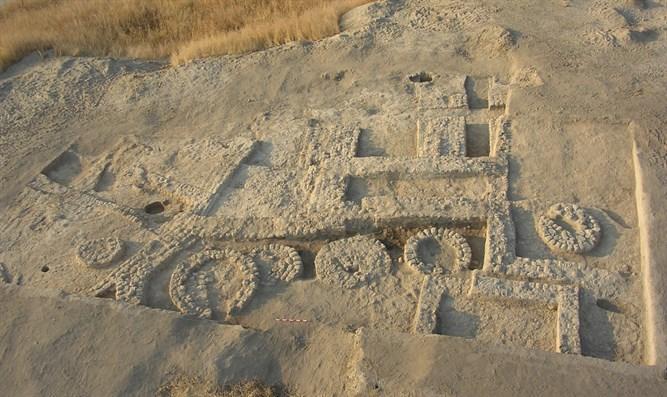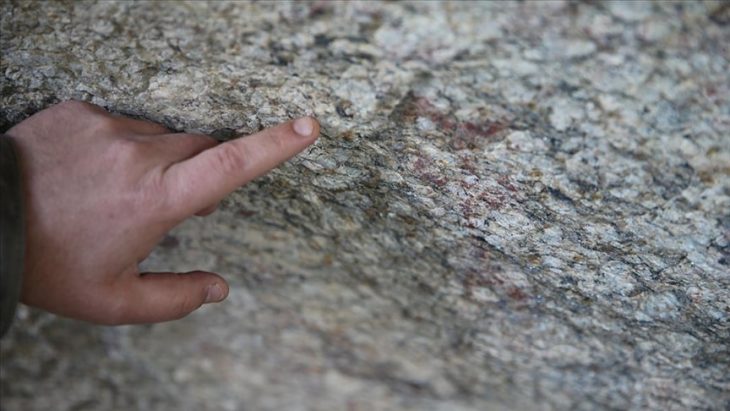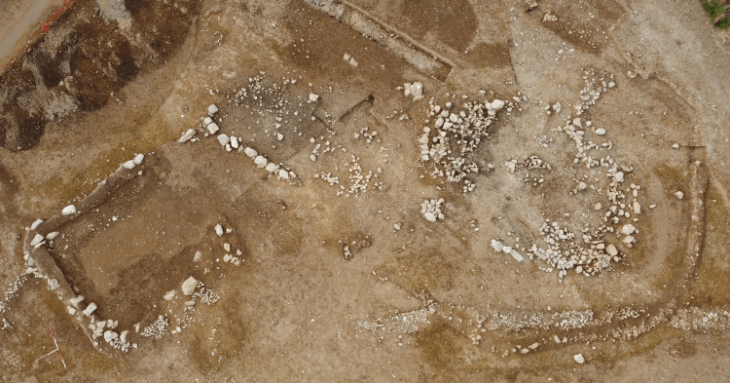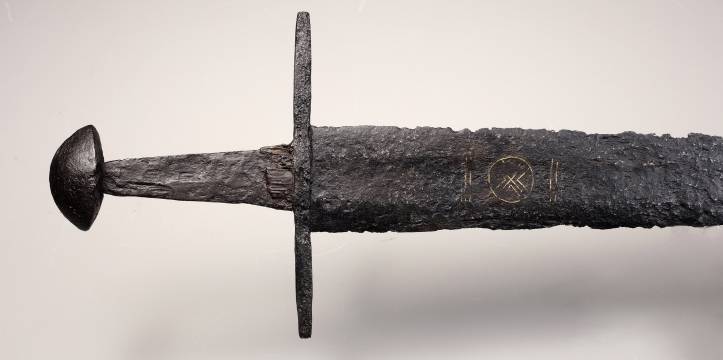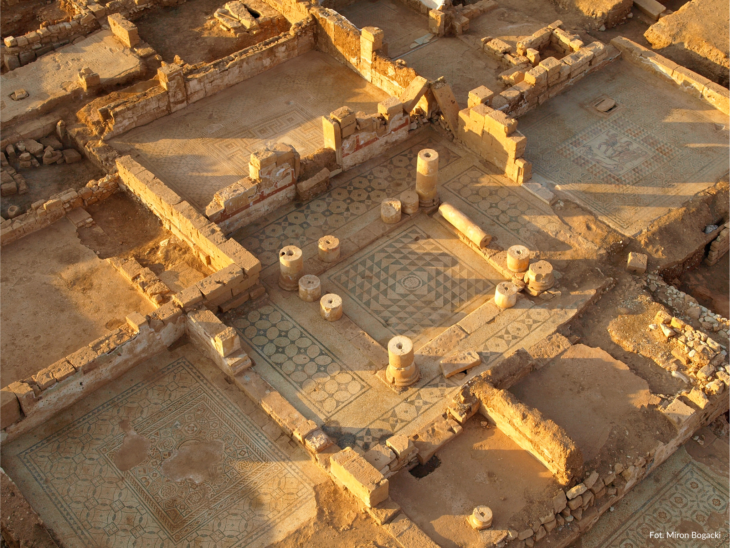Chinese archaeologists have revealed a cluster of 16 ancient granaries that traced back to the mid-late period of the Yangshao culture, a Neolithic culture dating back 5,000 to 7,000 years ago.
The foundations of 16-grain barns have been excavated in the Huangshan ruins in the city of Nanyang, and traced back to the mid-late period of the Yangshao culture, according to the Henan Provincial Institute of Cultural Heritage and Archaeology.
The discovery was made at the Huangshan ruins in Nanyang, Henan Province, central China, and provides evidence of prosperous trade during the period, as well as key materials for exploring the social conditions and civilization’s evolution during the Yangshao culture.
The 16 granaries’ foundations are round or oval, with an outer diameter of 2.3 meters to 3 meters and an inner diameter of about 2 meters. The granaries comprise of foundations, walls and moisture-proof layers.
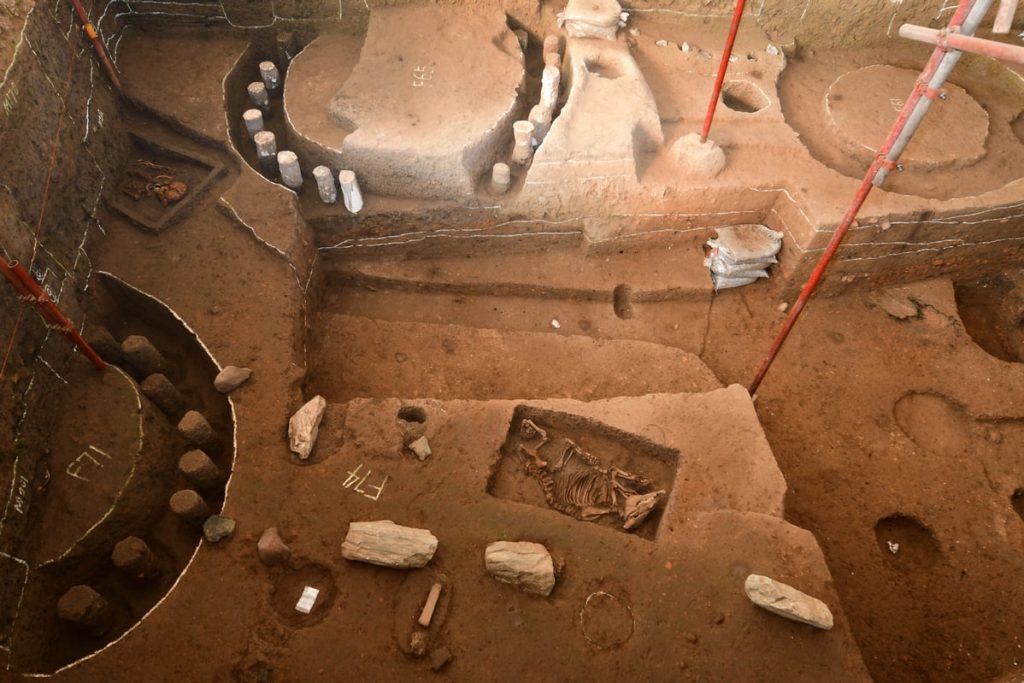
The grain barns were found surrounding the ruins of houses as well as jade and stone workshops, which dated back to the same period, said Ma Juncai, a researcher with the Henan Provincial Institute of Cultural Heritage and Archaeology.
📣 Our WhatsApp channel is now LIVE! Stay up-to-date with the latest news and updates, just click here to follow us on WhatsApp and never miss a thing!!
The grain barns, densely located in proximity, featured similar structures and sizes, and substantial storage capacity, Ma said, adding that they were clearly built to store food.
Archaeologists have already discovered a large amount of millet, and some rice and millet seeds in the Huangshan ruins. “Grass seeds are rarely discovered at the ruins, which indicates that perhaps the site was not a place for agricultural production and the sources of food for locals came from somewhere else or through trade,” Ma said.
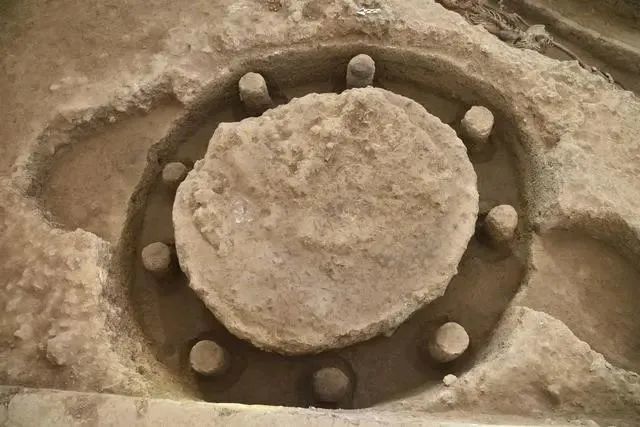
“Only a small amount of weeds and seeds have been found at the ruins. Perhaps originally, people here did not engage in agricultural production. Their food resources were supplied or traded from elsewhere,” Ma said.
The researcher added, “The discovery of the numerous grain barn foundations in the Huangshan ruins recaptures the glory of prehistoric trade against the backdrop of the growth of the jade industry.”
The excavation area in Huangshan reached 2700 square meters in total.
Cover Photo: Xinhua

